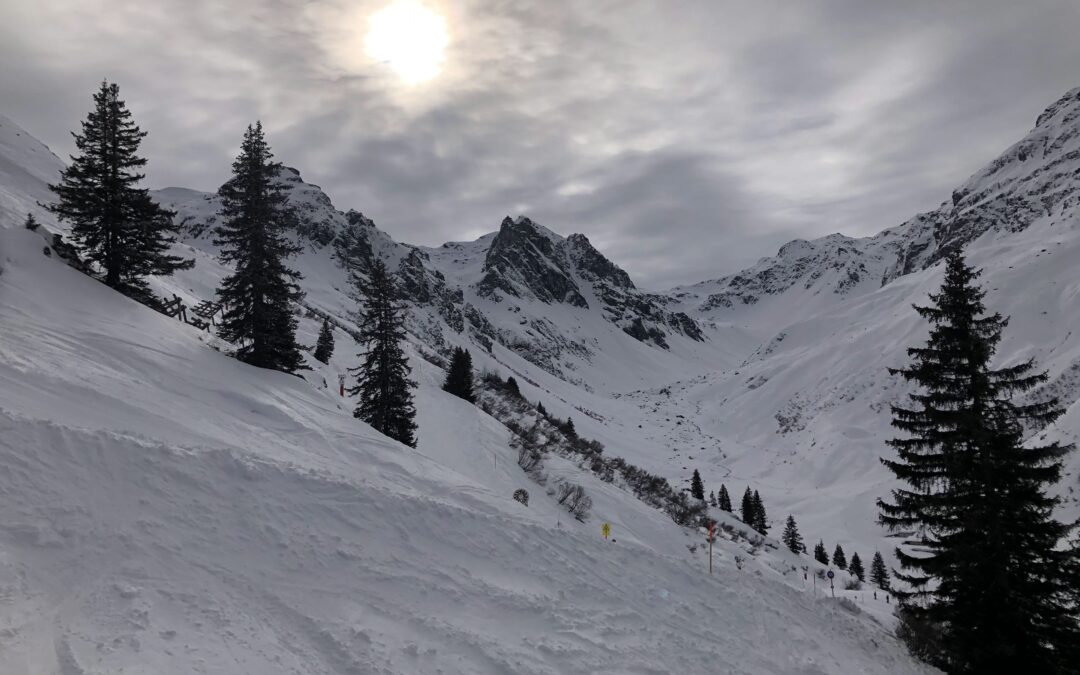It is like a spider net. Everything in our life is linked together, and being inactive means adding greenhouse gas to the planet’s atmosphere, at the moment we are creating 52 billion tonne each year. It also means that such pictures next generation will probably not able to life. We all want to be outdoor and enjoy what has been given to us! They are plenty of places we put on our “bucket list”. Why not to share those places and moments with comming generations? Just couple of pictures from the private album. Those are local from Vorarlberg, Dornbirn, Hochhäderich, Silvretta.
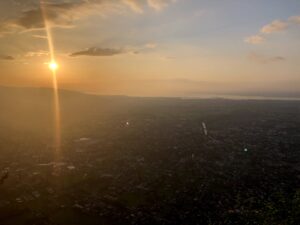
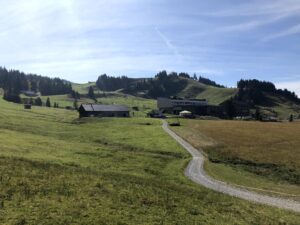

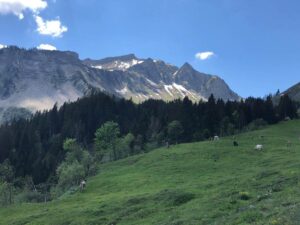
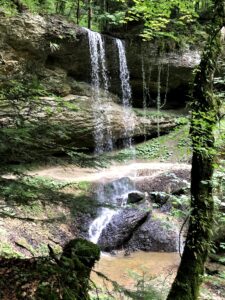
Unfortunately, the burden of the anthropogenic emission causes global warming increases. Currently, the global temperature is 1°C above the preindustrial era. Hence, the adequate mitigation strategies need to be adapted, otherwise, global temperature could reach 3°C or even more by the end of 2100. This brings consequences of climate change for eleven climate impact categories assessed by the Joint Research Centre (JRC), the European Commission’s science and knowledge service, PESETA IV. Climate change shows different impact leading to heat and cold waves, windstorms, water resources shortage (scarcity), droughts, river flooding, coastal flooding, wildfires, habitat loss, forest ecosystems, agriculture and energy supply. Those effect can be seen already in Europe.
Influencing balance of atmospheric gases brings more often waves of heat and cold extremes, of course, also in Europe. When northern and southern regions in Europe are compared, southern regions are much more affected by extreme heat, water scarcity, drought, forest fires and agriculture losses. Based on the report summary from NOAA NCEI Europe’s temperature in 2021 was the ninth-highest, and in southern Europe, specifically in Sicily, was reached the highest maximum temperature on record. Since 1980, these waves caused many deaths in Europe (annually 2250 deaths), a majority from temperature extremes relate to heatwaves. It is forecasted “the annual death-toll from extreme heat in the EU+UK will be over 30 times more than nowadays, by the end of century” shows recent (2020) PESETA publication. 2021 was globally the sixth warmest year (year before was second) and for instance, Africa had its third warmest year. Contrary, Oceania experienced the coldest year since 2012.
Windstorms, Cyclones and Major Cyclones. About 4% of EU citizens (16 million) are yearly exposed to windstorms with an intensity that happens only once every 30 years in the present climate. As such it is still not that significant. While in tropical regions an increase in the frequency and intensity of cyclones has been observed in recent decades. Cyclone activity accounted for 94 tropical storms, 37 tropical cyclones and 16 major tropical cyclones in 2021.
Permafrost thawing. First, permafrost is a ground that is frozen for two or more years in a consecutive row. The rising temperatures leads to the thawing of permafrost and additional emission of CO2 and CH4 is released, possibly in bigger scale than current anthropogenic emissions are. This would have an amplifying warming influence of unknown implications as yet.
Sea ice in Arctic is disappearing as reported in Climate Science Special Report. Also, glaciers are losing ice. Not going far, in Vorarlberg in Austria, there is an expert on glaciers, Günter Groß, who is pursuing and measuring glaciers in the area since 1973. Last few years his findings appeared in media, like ORF Austria or local newspapers Vorarlberger Nachrichten on the page 8-9 on this link or another one here. In fact, Vorarlberg is rich in number of glaciers. The biggest is in Silvretta, Ochsentaler glacier just below the biggest mountain peak of Vorarlberg, the Piz Buin. Also Schneeglocken or another smaller in region of Lechtal, Rätikon oder Klostertal. But, the number of glaciers is diminishing, in 1969 were there 35 and in 2018 were reduced to 20. The biggest glacier which is in Silvretta Alps lost already 46 m as published recently.
Going further to Himalaya, another study, led by the University of Leeds, revealed that Himalayan glaciers, the home of the third largest amount of ice, have lost ice ten times quicker than usually over the past centuries. This ongoing recession of glaciers has an implication for hundreds of millions of people in regard to sustainability of water supply in the region or as an Asia’s major river systems for food and energy. This is one of the examples of constant reduction of water supply for rivers and sees, and how those climate change affects multiple systems or how different eco-systems are interlinked. Together with droughts, water intensive industrial processes or increased world population amplify concerns about water scarcity.
The Ocean. It accumulates the most amount of energy within the Earth’s climate system (upper ocean, deep ocean, ice, land, atmosphere) leading to rising ocean temperature. Since 1971 more than 90% of energy has been stored shows the Fifth assessment report of the Intergovernmental Panel on Climate Change (IPCC). Warming leads to reduction in the amount of oxygen in ocean and sea-level rise also due to melting sea ice and glaciers. The study, published in nature – the climate and atmosphere science, based on surveying 106 experts in the field estimated the rise of global sea-level in two possible scenarios, lower and upper scenario, by 2100 and 2300 significantly. The lower scenario or best case scenario predicts grow between 0.30 to 0.65 meters when the warming temperature increases only to 1°C. On other hand, the upper scenario or worst case scenario is in the range between 0.63 and 1.32 meters by increased warming to 4.5°C. Dramatic increase of sea-level is projected for both scenarios by 2300, lower up to 2.15 meters and upper up to 5.61 meters.
Acidification. The impact on marine life and ecosystem is influenced remarkably by ocean uptake of CO2 from the atmosphere. Increased amount of CO2, also called acidification, changes the ocean water to harmful water for all living plants and animals in ocean due its decrease in pH. For example, acidic ocean water can cause coral to grow more slowly and weaken coral reefs.
Another human-driven influence of wildlife, ecosystems, weather patterns, and even the climate is deforestation – mass destruction of trees, particularly rainforest. It has not only environmental, economic, social, but also health consequences. Continuous loss of tree can be nowadays visualised from a tiny piece of hardware and put on an open source platform to identify deforestation in near real time. Another way to show clearing the forest by making the documentary movie. For instance, in the Amazon, cattle ranching and farms, particularly soy plantations are key reasons of cutting down or burning trees. While in Malaysia and Indonesia, trees make way for producing palm oil, which can be found all around us from food and cosmetics to biodiesel. Diminishing trees both adds the CO2 to the air and removes the important tools to absorb CO2 from the air. According to World Resources Institute if tropical deforestation were a country, it would ranked third in CO2 emission way behind China, but just behind the U.S.

